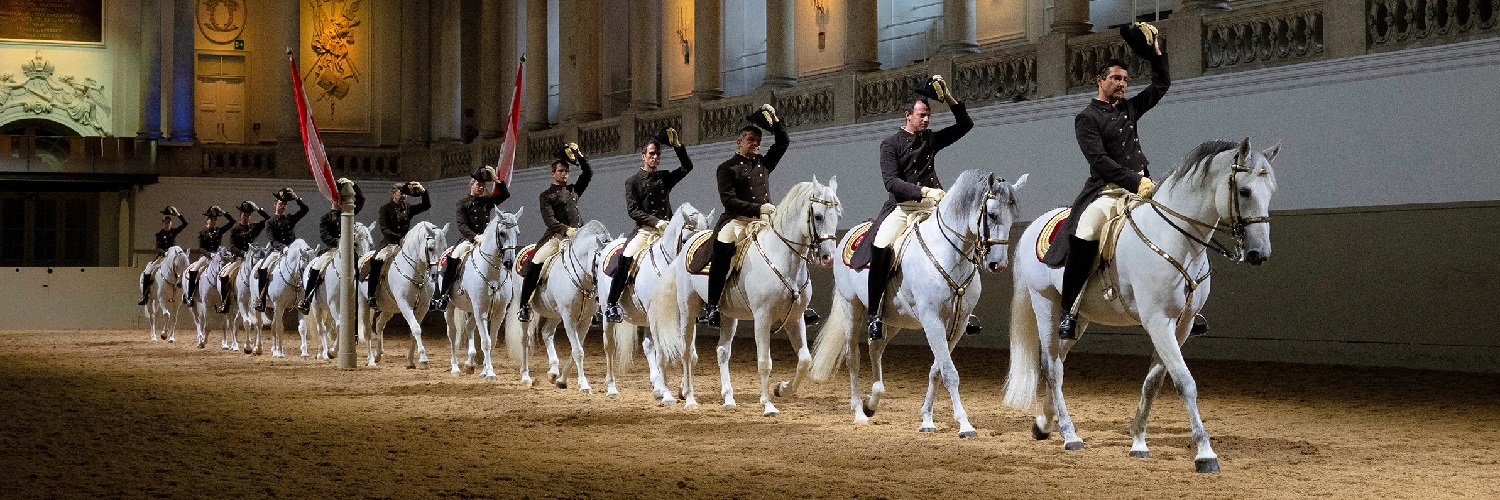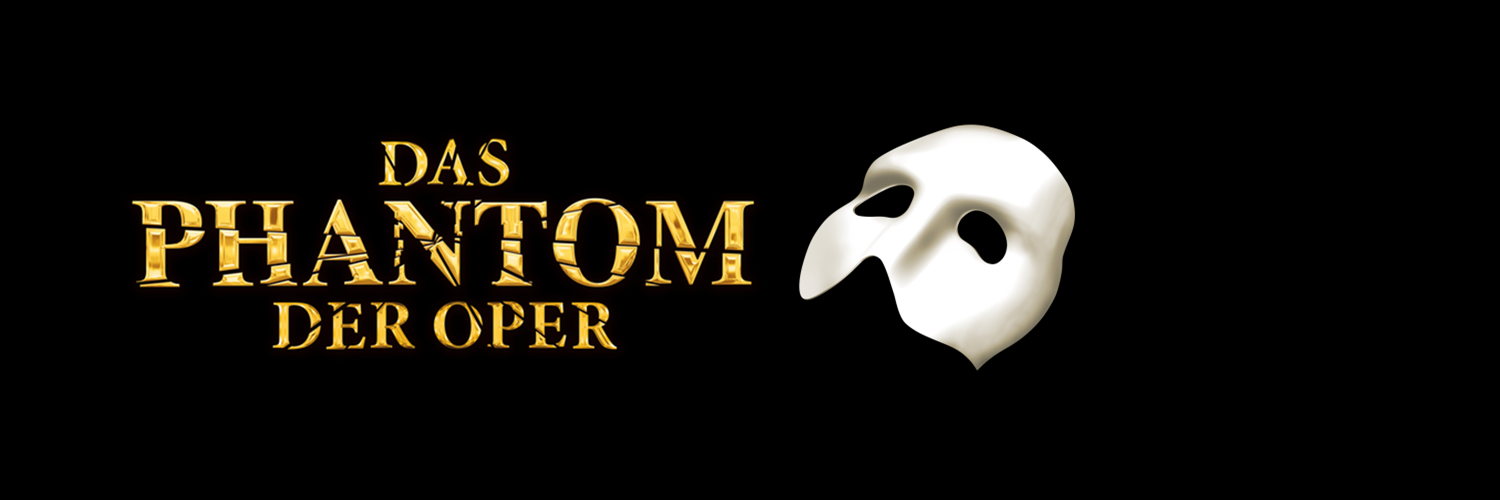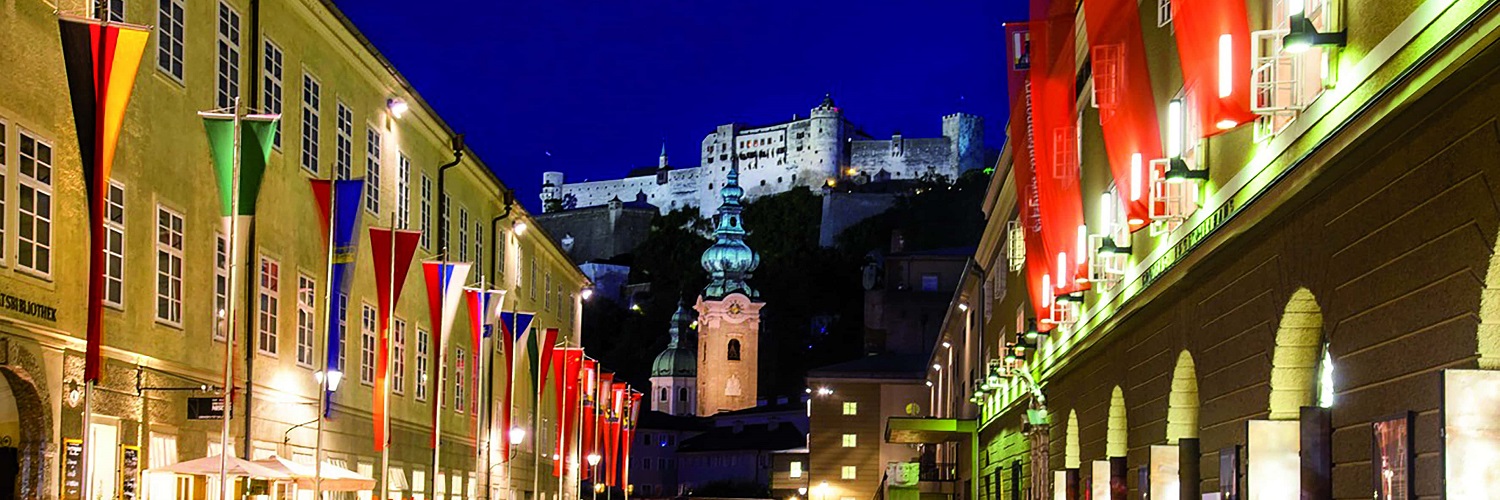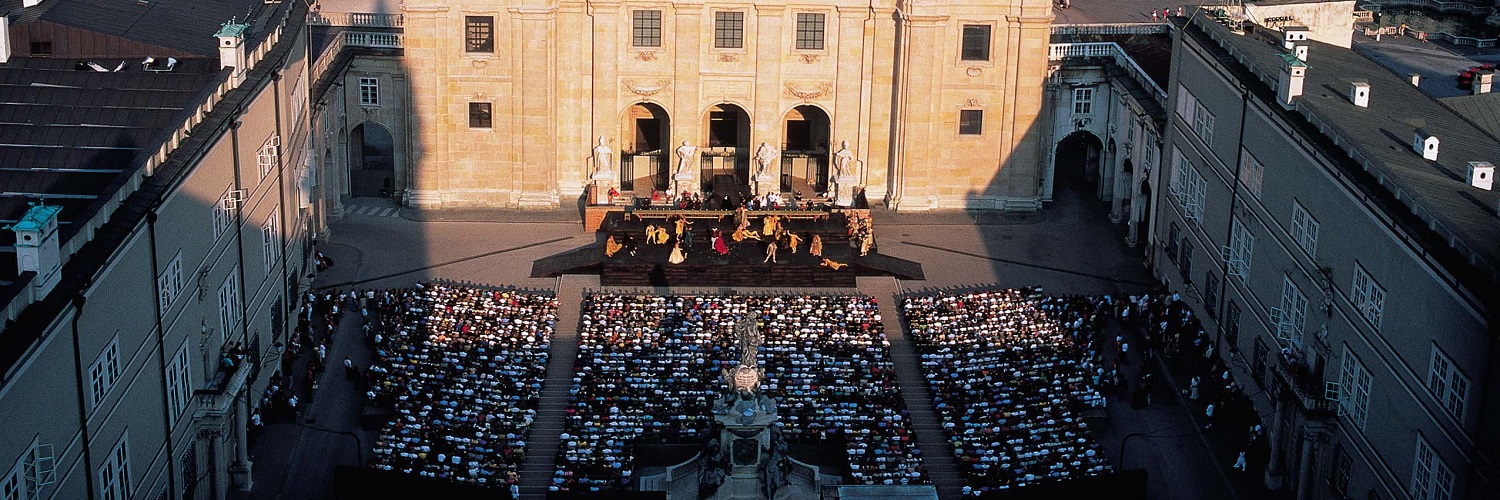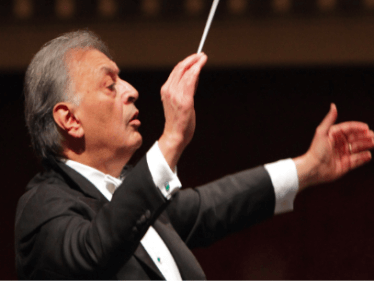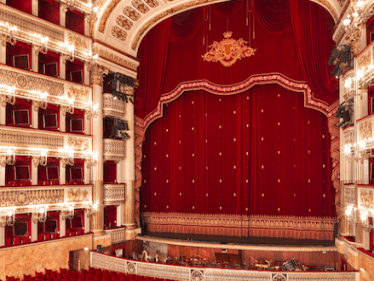Israel Philharmonic Orchestra - Zubin Mehta - Schedule, Program & Tickets
Israel Philharmonic Orchestra - Zubin Mehta
Franz Joseph Haydn
Concert symphony in B flat major Hob: I: 105 for violin, cello, oboe, bassoon and orchestra (1792)
Hector Berlioz
Symphonie fantastique, episodes from the life of an artist in 5 parts op. 14 for orchestra (1830)
Israel Philharmonic Orchestra
Composed in the most flourishing period for the genus (between 1770 and 1830), the Sinfonia Concertante wisely mixes the form of the Concerto (with one or more instruments in the foreground) with that of the Symphony (in which all the instruments are on the same plan). Mozart (with the famous Sinfonia Concertante for violin, viola and orchestra) and Beethoven (with the Triple Concerto) also made important contributions to the symphony concertate, born as a genre in the city of Mannheim
"Program Music": with this definition it is customary to identify one of the most modern symphonies of the Romantic period, especially considering that it was composed in 1830 when echoes of classicism still resounded. Berlioz himself was perfectly aware that he had created something new and described the Symphony as "an immense instrumental composition of a new genre, with which I will try to strongly impress listeners", stating that he clearly had it in his head scheme for a long time, despite needing "a lot of patience to connect the parts and give order to everything".
The Fantastic Symphony mixes literary infatuations and autobiographical exaltation and is amazing and bold for the novelty of the orchestral language and for the use of the so-called "cyclical form" that generates the main themes of the different movements.
*****
Gustav Mahler
Symphony n. 3 in D minor for contralto, female choir, children's choir and orchestra (1896)
Israel Philharmonic Orchestra
Women's choir and Voci Bianche choir from the Teatro di San Carlo
Alma Mahler, in his book of memories, tells the evening of the first: "The execution was awaited with trepidation, because already at the rehearsals everyone had understood with greater clarity how great and important was the work that was facing the world". Gigantic and full of extra-musical meanings Mahler's Third Symphony is a sort of great "musical poem that embraces all stages of development in progressive order", from inanimate nature to plant life, to then pass to animals, to man, and on to the angels and the love of God. At the first performance, the listener had the following program: "I. Pan wakes up: summer comes; II. What the flowers of the meadow tell me; III. What I say the animals of the forest: IV. What the night tells me (the man): V. What do the morning bells (the angels) tell me; VI. What love (God) tells me ". It took Mahler a long time to compose it; the first sketches date back to the summer of 1893 while the word "end" was put only on 6 August 1896 but the public had to wait to hear it until 9 June 1902, when the author directed it to Krefeld on a memorable occasion.
Subject to change
Concert symphony in B flat major Hob: I: 105 for violin, cello, oboe, bassoon and orchestra (1792)
Hector Berlioz
Symphonie fantastique, episodes from the life of an artist in 5 parts op. 14 for orchestra (1830)
Israel Philharmonic Orchestra
Composed in the most flourishing period for the genus (between 1770 and 1830), the Sinfonia Concertante wisely mixes the form of the Concerto (with one or more instruments in the foreground) with that of the Symphony (in which all the instruments are on the same plan). Mozart (with the famous Sinfonia Concertante for violin, viola and orchestra) and Beethoven (with the Triple Concerto) also made important contributions to the symphony concertate, born as a genre in the city of Mannheim
"Program Music": with this definition it is customary to identify one of the most modern symphonies of the Romantic period, especially considering that it was composed in 1830 when echoes of classicism still resounded. Berlioz himself was perfectly aware that he had created something new and described the Symphony as "an immense instrumental composition of a new genre, with which I will try to strongly impress listeners", stating that he clearly had it in his head scheme for a long time, despite needing "a lot of patience to connect the parts and give order to everything".
The Fantastic Symphony mixes literary infatuations and autobiographical exaltation and is amazing and bold for the novelty of the orchestral language and for the use of the so-called "cyclical form" that generates the main themes of the different movements.
*****
Gustav Mahler
Symphony n. 3 in D minor for contralto, female choir, children's choir and orchestra (1896)
Israel Philharmonic Orchestra
Women's choir and Voci Bianche choir from the Teatro di San Carlo
Alma Mahler, in his book of memories, tells the evening of the first: "The execution was awaited with trepidation, because already at the rehearsals everyone had understood with greater clarity how great and important was the work that was facing the world". Gigantic and full of extra-musical meanings Mahler's Third Symphony is a sort of great "musical poem that embraces all stages of development in progressive order", from inanimate nature to plant life, to then pass to animals, to man, and on to the angels and the love of God. At the first performance, the listener had the following program: "I. Pan wakes up: summer comes; II. What the flowers of the meadow tell me; III. What I say the animals of the forest: IV. What the night tells me (the man): V. What do the morning bells (the angels) tell me; VI. What love (God) tells me ". It took Mahler a long time to compose it; the first sketches date back to the summer of 1893 while the word "end" was put only on 6 August 1896 but the public had to wait to hear it until 9 June 1902, when the author directed it to Krefeld on a memorable occasion.
Subject to change
There are no products matching the selection.

